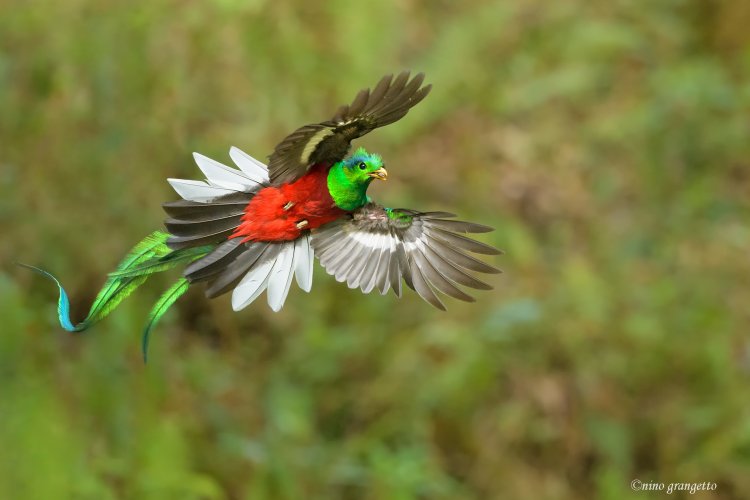- Post score: 3
- #1
I wanted to photograph the small speedy birds that fly to and from our feeders. These are the chickadees, nuthatches, finches and titmouse species. The feeder is 20 yards away and only one camera position had an acceptable background. The yellow box is the feeder location and pointed out by arrow.
Plan A:
Z9/600PF @ f/6.3 on tripod w/gimbal. Remote wireless trigger; Bag w/clay granules to dampen any vibrations.
Settings: f/6.3 - 1/2000 sec - iso auto - 10 shot continuous : manual focus on bird feeder and turn gimbal to left to exclude it from image but catch birds coming and going.
results: 150 shots later: horrible blurred images.

I increased the shutter speed to 1/4000 sec to imrove the clarity and definition. It certainly did that. With the improved image came an iso of 12,800 which kills the shot. Nuthatches are fast but I got the background I wanted. A total re-think is in order to get this bird… and it’s still not tack sharp!

Plan B:
Z8/9 w/70-200mm f/2.8 on tripod w/gimbal. Same as before. Remote trigger.
I have to come off the rear deck and close the distance of 60+ feet to approximately 12 feet and find a better camera position to give a comparable background as shown above.
Going from f/6.3 of the 600mm to f/2.8 of the 70-200mm will be a quantum leap to drop the iso. I will also try dropping the the shutter speed to 1/3200 sec to see if this works for thes birds.
I will follow up on my post should if I get presentable images…
I’m beginning to think the f/1.8 Plena may be the perfect lens for this….
Plan A:
Z9/600PF @ f/6.3 on tripod w/gimbal. Remote wireless trigger; Bag w/clay granules to dampen any vibrations.
Settings: f/6.3 - 1/2000 sec - iso auto - 10 shot continuous : manual focus on bird feeder and turn gimbal to left to exclude it from image but catch birds coming and going.
results: 150 shots later: horrible blurred images.
You can only see EXIF info for this image if you are logged in.
I increased the shutter speed to 1/4000 sec to imrove the clarity and definition. It certainly did that. With the improved image came an iso of 12,800 which kills the shot. Nuthatches are fast but I got the background I wanted. A total re-think is in order to get this bird… and it’s still not tack sharp!
You can only see EXIF info for this image if you are logged in.
Plan B:
Z8/9 w/70-200mm f/2.8 on tripod w/gimbal. Same as before. Remote trigger.
I have to come off the rear deck and close the distance of 60+ feet to approximately 12 feet and find a better camera position to give a comparable background as shown above.
Going from f/6.3 of the 600mm to f/2.8 of the 70-200mm will be a quantum leap to drop the iso. I will also try dropping the the shutter speed to 1/3200 sec to see if this works for thes birds.
I will follow up on my post should if I get presentable images…
I’m beginning to think the f/1.8 Plena may be the perfect lens for this….


